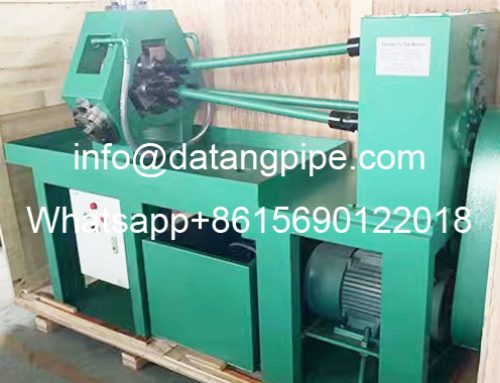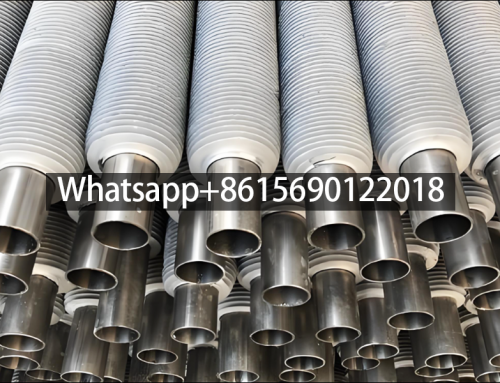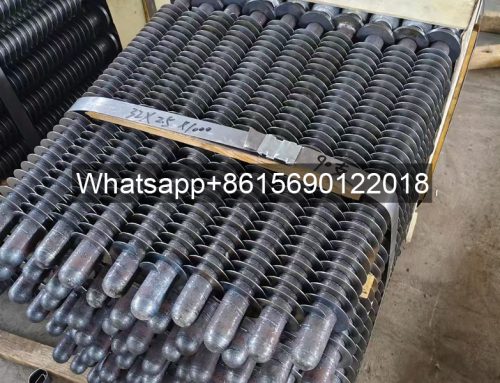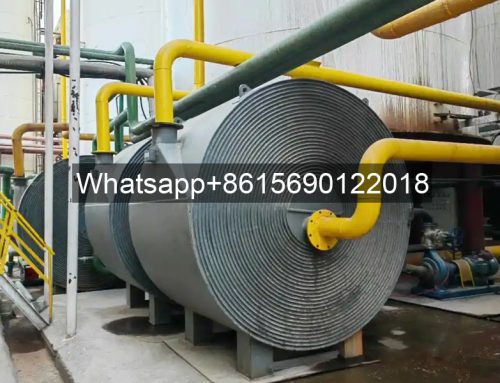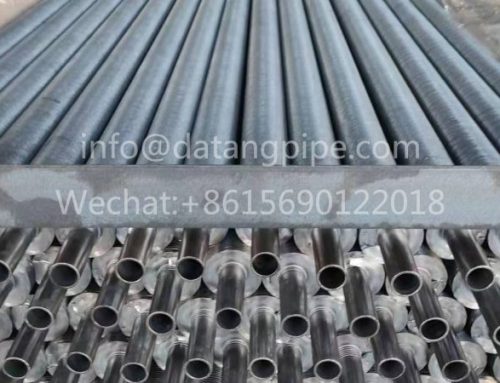What is Air Finned Cooler?
An air finned cooler (also known as an air cooler or air cooled heat exchanger) uses ambient air as the cooling medium, performing forced convection heat transfer through finned tubes. Its core structure consists of a tube bundle, bracket, fan, and finned tubes (typically aluminum fins for enhanced heat transfer). The fan forces air through the outer surface of the finned tubes, cooling or condensing the high-temperature process fluid.
Air finned coolers utilize aluminum or stainless steel fins to enhance heat transfer and are widely used in industrial cooling, air conditioning systems, and heat recovery.
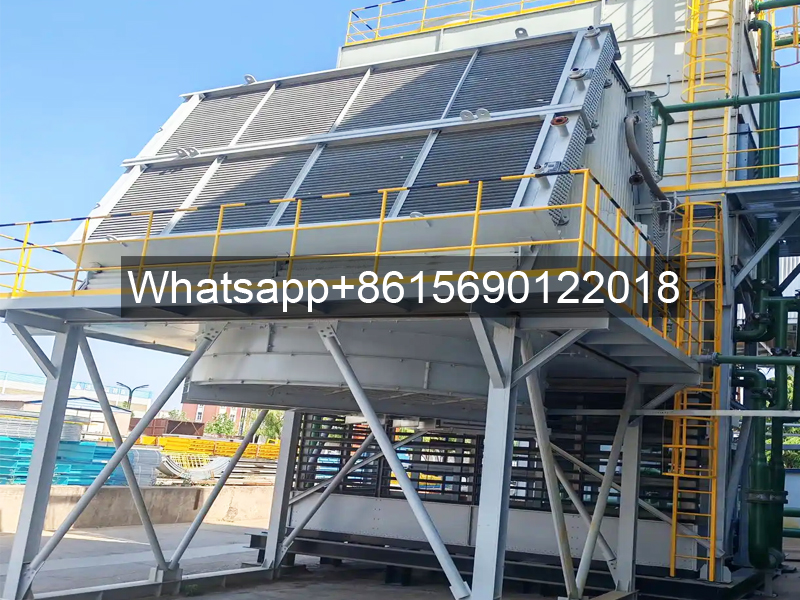
Air Finned Cooler-Fin Fan Cooler Heat Exchanger Manufacturer and Supplier Factory 20 Years
How an Air Fin Cooler Works
Heat is transferred from the high-temperature fluid in the tubes through the tube walls and fins to the passing air. The fan provides continuous air flow, accelerating the heat dissipation process. This heat transfer method is known as inter-wall heat exchange and is suitable for industrial applications with certain temperature and pressure requirements. Air Fin Cooler Main Types and Features
Air Fin Cooler Classification by Material
Aluminum Fins: Lightweight (1060 aluminum with a thermal conductivity of 237 W/m·K), suitable for air conditioner surface coolers and fresh air units.
Stainless Steel Fins: Highly corrosion-resistant (304 stainless steel), suitable for high-temperature flue gas cooling or chemical environments.
Bimetallic Fins: Combining the properties of steel and aluminum, suitable for high-pressure applications such as seal coolers.
Air Fin Cooler by Structure
V-Type Dry Cooler: Modular design, suitable for air-cooled air conditioning units, with high heat exchange efficiency.
Spiral Wound Fin Tubes: Carbon steel base tube with aluminum strip wrapped around it, suitable for air coolers or industrial heat dissipation.
Air Fin Cooler Applications
Widely used for cooling high-temperature media in the chemical, power, and metallurgical industries. In particular, in flue gas treatment systems, they can cool flue gases above 800°C to below 200°C. Combined with dust removal and spraying systems, they achieve environmentally friendly treatment. Air-Fin Cooler Technical Parameters and Selection Recommendations
Fin Density: 500-800 fins per meter. A dense design can increase efficiency by 40%.
Pressure Resistance: The stainless steel filter can withstand a pressure differential of 150 kPa.
Customization Requirements: Supports non-standard sizes (e.g., DN16-219 mm) and microchannel technology.
Key Factors in Air-Fin Cooler Selection
Selecting an air-fin cooler requires comprehensive consideration of cooling requirements, environmental conditions, cost budget, and ease of maintenance. The following are key selection considerations:
1. Cooling Requirements Assessment
Heat Load Calculation: Calculate the required cooling capacity based on the fluid flow rate, inlet and outlet temperature differential, and specific heat capacity (e.g., for air conditioning systems, consider the room area and equipment heat generation).
Temperature Requirements: Define the target temperature of the cooled fluid (e.g., chemical reactions require precise temperature control) and consider the impact of ambient temperature (high-temperature regions require increased cooling capacity).
2. Cooler Type Selection
Ventilation Method:
Natural Ventilation: Suitable for low-load, high-wind scenarios (such as rural water supply systems), but with poor stability.
Forced Ventilation: Uses forced convection through a fan. Suitable for high-load or high-precision cooling (such as data centers), but with higher energy consumption.
Fin Type:
Flat/Corrugated: Versatile and low-cost. Louvered: High heat transfer efficiency but with high pressure drop. A balance between performance and energy consumption is required.
3. Air Fin Cooler Material and Structure Compatibility
Material Selection:
Aluminum Fins: Lightweight, excellent thermal conductivity (1060 aluminum has a thermal conductivity of 237 W/m·K), suitable for air conditioning and fresh air systems.
Stainless Steel Fins: Corrosion-resistant (such as 304 stainless steel), suitable for chemical and high-temperature flue gas environments.
Fin Density:
Dusty environments (such as metallurgical plants) require sparse fin spacing (≥ 3mm) to prevent dust accumulation and efficiency degradation.
High-humidity environments (such as greenhouses) require corrosion-resistant materials (such as galvanized steel or bimetallic fins).
4. Air Fin Cooler Installation and Cost Optimization
Space Matching: Measure the installation location dimensions to ensure compatibility between the radiator and the piping layout (for wall-mounted installations, allow for maintenance clearance).
Cost Control:
Small factories can choose cost-effective aluminum fin tubes, while large industrial applications can customize stainless steel or bimetallic fins.
Avoid excessive pursuit of high fin density or premium materials; select based on actual needs.
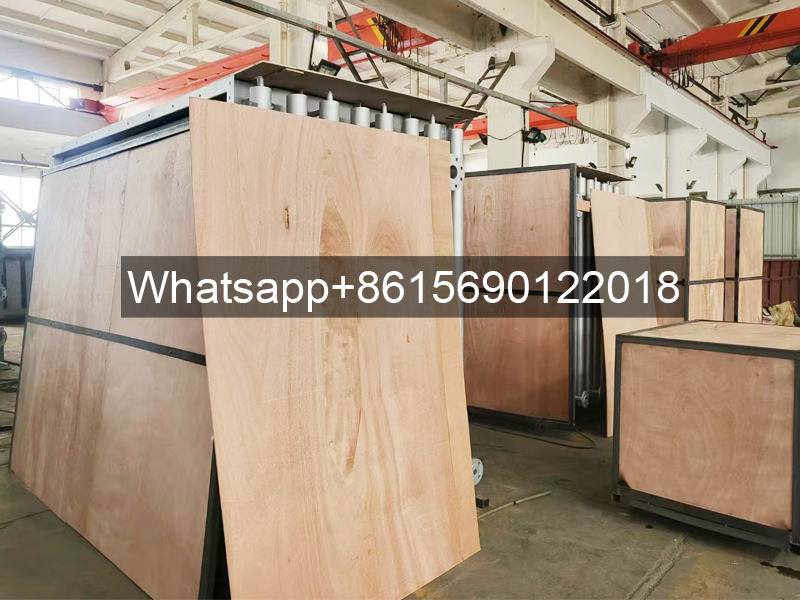
Air Finned Cooler Packaging


